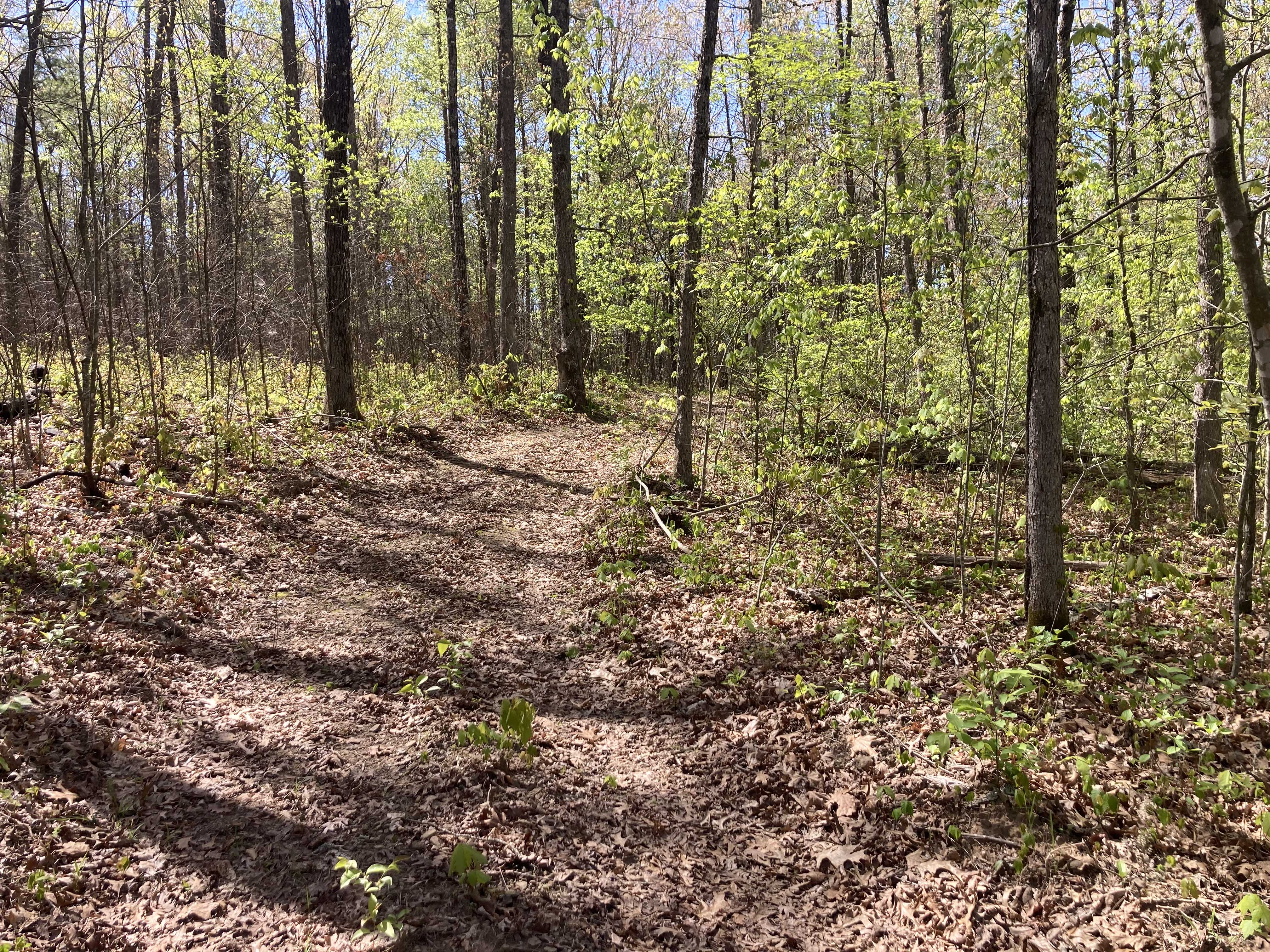One Year After the Burn
Contact
University of Arkansas System Division of Agriculture
Cooperative Extension Service
2301 S. University Ave.
Little Rock, AR 72204

One Year After the Burn
About a year ago, the air was thick with smoke from the prescribed burn on part of the Ozark National Forest near Red Star, some of the highest land in the Arkansas Ozarks. I made a special effort to observe this section of the forest on my frequent comings and goings from this southeastern corner of Madison County. In my naivety, I expected a clean understory in the forest. What followed the fire was something different.
Fires are returning to the deciduous forests of the eastern states. Following some devastating wildfires in the Western states in the early 20th century, the control of wildfires in American forests became official government policy over a century ago. By the 1980s, it became clear that this was a bad decision. But the intransigence of bureaucrats who set forest management policies, the establishment of homes and even communities in forested regions, the highly effective Smokey the Bear campaign, and the sheer scope of the job that needed to be done slowed the development of a sustainable plan incorporating fire into our national forests.
For centuries before the European invasion of North America, native tribes routinely burned large swaths of the eastern forests to provide better conditions for their lifestyle. Because nearly everything was burned every few years, the forests remained more open and fire-tolerant species dominated. Oaks were the main species in upland sections of the open woodlands from the eastern edge of the Great Plains to the Atlantic Ocean.
In those early days, most of our woods were what foresters call an open woodland, with a canopy cover of 30 to 80 percent. This wide spacing of trees allowed light to penetrate to the ground, assuring a mixture of forbs and grasses would grow and provide cover for all our native species. The frequent fires killed most of the young seedling trees.
On high ground and on the edges of the woodland, trees thinned out to form savannas with 5 to 30 percent canopy cover. On the north slopes of mountains and in rich bottomlands, trees grew thick and forests with 80 to 100 percent canopy cover developed. With a closed canopy, less than 10 percent of the light ever reaches the ground, meaning only a few shade-tolerant species will grow. Few grasses and only a handful of flowering plants will grow in heavy shade. Most forestry management plans are attempting to shift towards the open woodlands of bygone days and away from closed canopy forests.
The burn I am watching was a first for this section of the forest. Looking across the burned section, you quickly notice that the head-high underbrush is gone and there is a sense of openness in the understory. The framework of the sapling trees – oaks, maples, hickories, sarvis, dogwoods, etc. – remain as leafless skeletons. But from the base of most of these two-inch diameter trunks a dozen or so knee-high sprouts are coming on fast. The blackberries, greenbriers, Virginia creeper and poison ivy have been knocked down but they too are returning with enthusiasm. Only a few of the larger trees show any evidence of the fire other than blackened trunks. There was no indication of increased growth of wildflowers or grasses.
In a study looking at repeated burns over a decade in the Arkansas Ozarks, UofA Monticello forest researchers found that white oaks two inches in diameter had a 60 percent survival rate which was better than either red oaks or red maples. The 50 percent survival threshold for trunks was 4 cm for white oak, 5 cm for red oak and 6 cm for red maple. The temperature the stems had to endure one foot off of the ground during the fleeting fire was 140 degrees F, and the longer the exposure, the less survival but white oaks were the most tolerant and red maples the least.
So, looking at the burned area and seeing it regreen in its second year, it is obvious that one fire will not do the trick of clearing the understory. A second burn in two or three years after leaves have had a chance to build up to a depth of a couple of inches should kill many of the trunk sprouts before they get too big. By repeating the burn cycle a couple more times, the root reserves of the saplings should be depleted, the dead stems will finally topple over and a cleaner understory should finally emerge.
